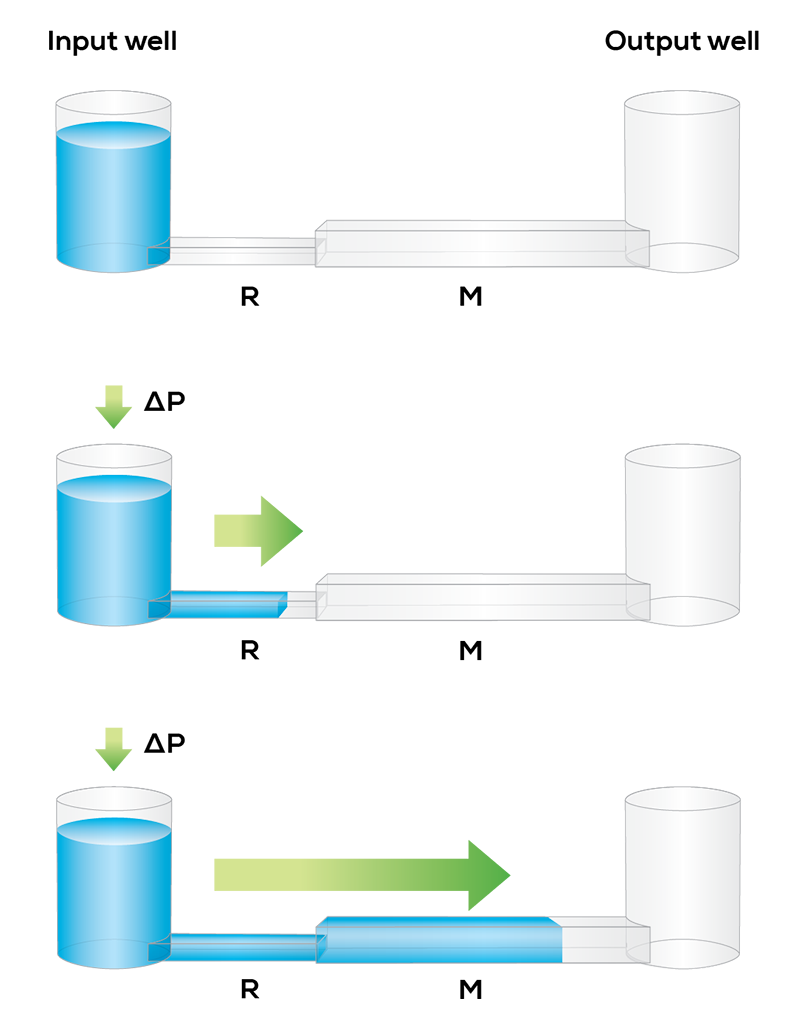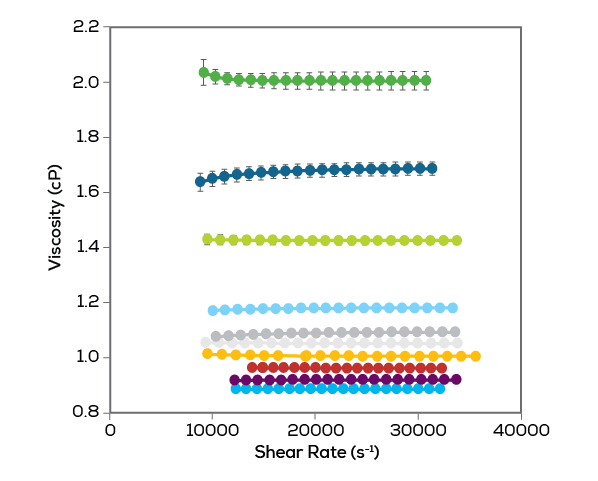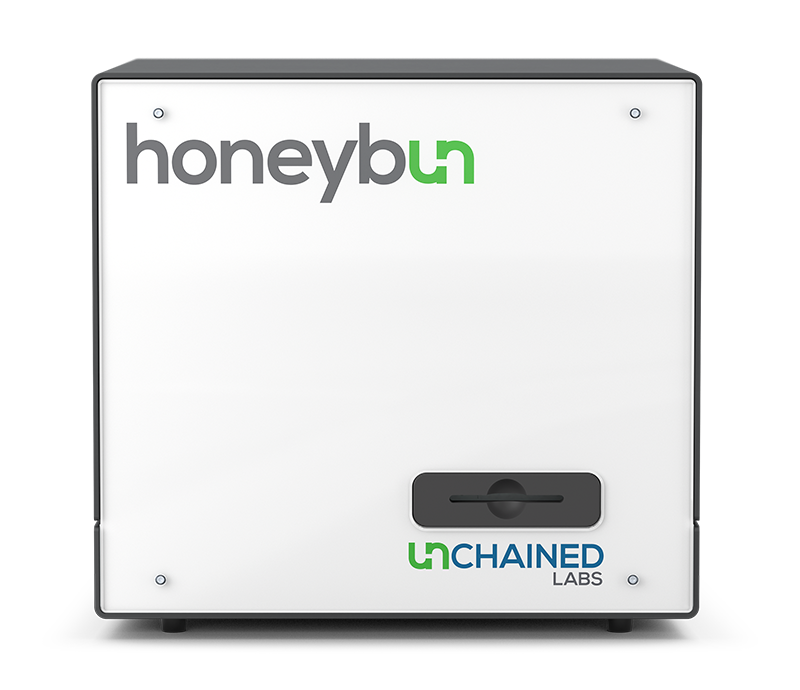Microfluidic Viscosity Measurements
Track resistance to flow on multiple samples from just microliters
Go with the flow
Viscosity is a critical measurement to formulation work, sample characterization, and QC but most tech is such a hassle that the measurement is out of reach for just any old sample. Measuring viscosity with stress-controlled microfluidic flow opens the door to getting simple, quick, and low-volume viscosity data in a snap. That means finally getting your hands on all the viscosity data you could want as part of formulation screens, injectability and syringeability characterization, sample QC and as a necessary input to accurate DLS sizing.
Feel the pressure
The core of all viscosity data is measuring resistance to flow. In a stress-controlled viscosity experiment, you apply pressure to a fluid and track how much it flows in response to get your viscosity datapoint. For each pressure that is used within your experiment, you can check several shear rates and shear stresses to collect even more viscosity data to look for Newtonian or non-Newtonian behavior.
Here’s how it works:
Push it real good
Load up a sample into the microfluidic input well and apply some pressure. The sample flows into the resistance channel (R) first – where the height is so tiny that it provides essentially all the resistance to flow in the whole channel.
When the flow makes its way to the measurement channel (M), the flow rate is still determined entirely by the R channel – but now the dimensions are a lot bigger so the flow rate can be measured by video.

Do the math
To measure viscosity, you need to know both shear stress and shear strain. Keep pressure constant and you’ve got the key factor to determine shear stress.
Keep track of how fluid flows through known geometries and you can figure out the flow rate and ultimately the shear rate.
Once you know those metrics, a little division and you’ve got viscosity.

See what’s trending
If applying pressure and measuring flow rate gives you viscosity, all you need to do is run several samples to check out how concentration or formulations impact your sample's viscosity and Newtonian or Non-Newtonian behavior.


Honeybun
Honeybun is the only rapid viscosity system that pours out data as fast as you can handle it. Whether you’ve got one sample or ten, Honeybun sips microliters of each sample through a microfluidic channel to get a read on viscosity in minutes – with zero sample prep or clean-up. Ditch old school, one-at-a-time techniques that use too much sample and level up to the quickest, low-volume viscosity measurements out there.



